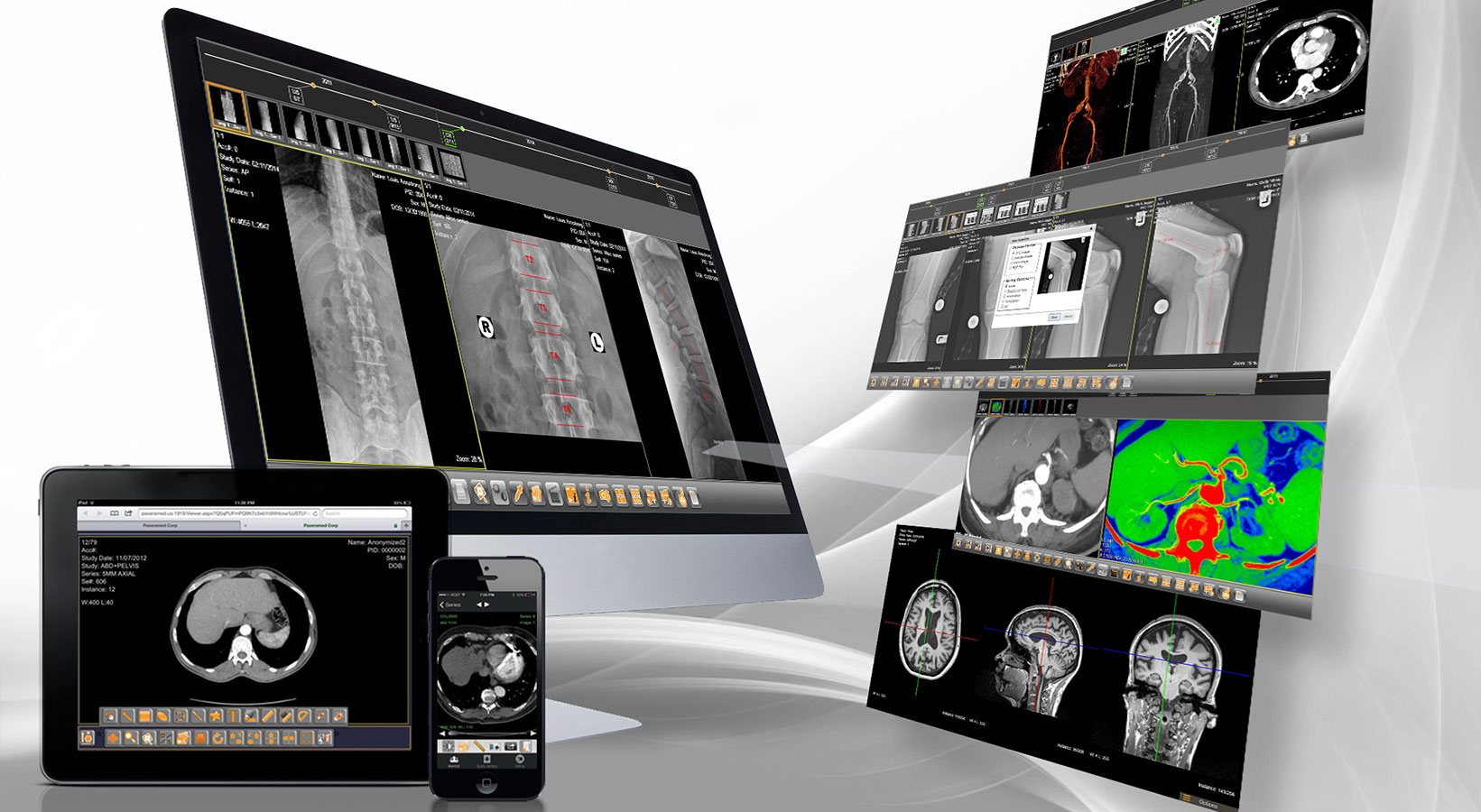Welcome to a fascinating journey. Today, we explore the evolution of diagnostic imaging through the decades. This world of discovery takes us from the earliest X-rays to the cutting-edge body imaging Colorado technologies of our time. It’s a remarkable tale, rich with innovation and the never-ending quest to see more, know more, and do more for our health.
The Birth of X-rays
In 1895, we saw the birth of X-rays. It was a big leap in medical science. Suddenly, we could see inside our bodies without surgery. We could find fractures and infections. We could also find foreign objects with ease. The X-ray was a game-changer.
The Evolution of Ultrasound
Fast forward to the 1950s. The ultrasound made its debut. This technology uses sound waves to create images. It gave us a safe way to check on unborn babies. It also helped diagnose heart issues. The ultrasound made medical imaging even more helpful.
The Advent of CT Scans
Next on our timeline is the 1970s. This decade brought us the CT scan. This machine takes a series of X-ray images. Then, it combines them into detailed cross-sections of your body. It’s like looking at a 3D map of your insides. CT scans help us diagnose cancer, heart disease, and many other conditions.
Modern Imaging: MRI and PET Scans
The 1980s and 1990s saw the rise of MRI and PET scans. MRI uses a powerful magnetic field to create detailed images. PET scans use a radioactive drug to show activity in the body. Both these technologies let us look deep into the body. They help us understand diseases at a whole new level.
Table: A Comparison of Imaging Techniques
| TECHNOLOGY | DECADE INTRODUCED | MAIN USE |
| X-ray | 1890s | Diagnose fractures, infections |
| Ultrasound | 1950s | Monitor pregnancy, diagnose heart issues |
| CT Scan | 1970s | Diagnose cancer, heart disease |
| MRI & PET Scan | 1980s-1990s | Diagnose and monitor diseases |
The Future of Diagnostic Imaging
So, what’s next? Today, we are exploring new frontiers in diagnostic imaging. From nanotechnology to artificial intelligence, the future is bright. We’ll continue to push the boundaries of what we can see and know. The evolution of diagnostic imaging is far from over.















Leave a Reply